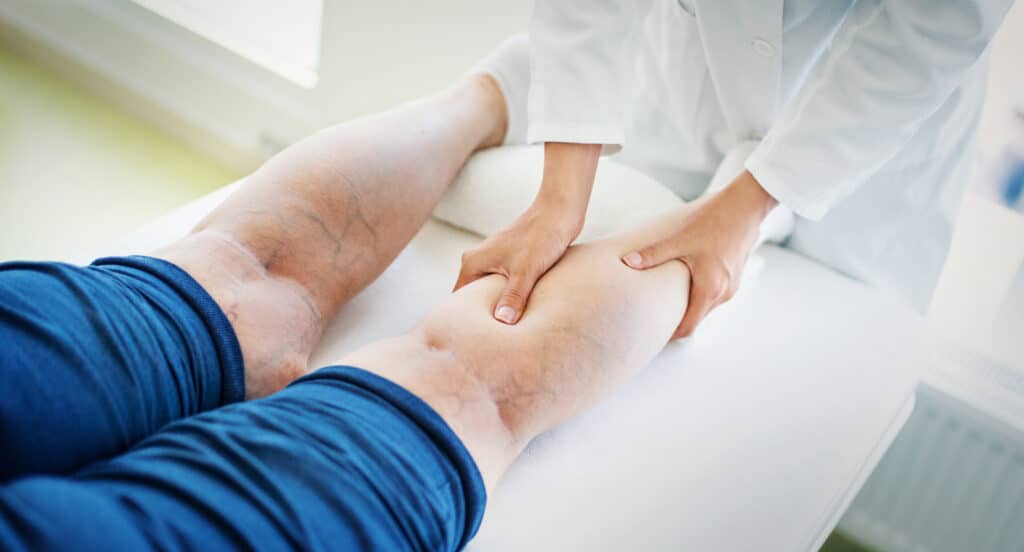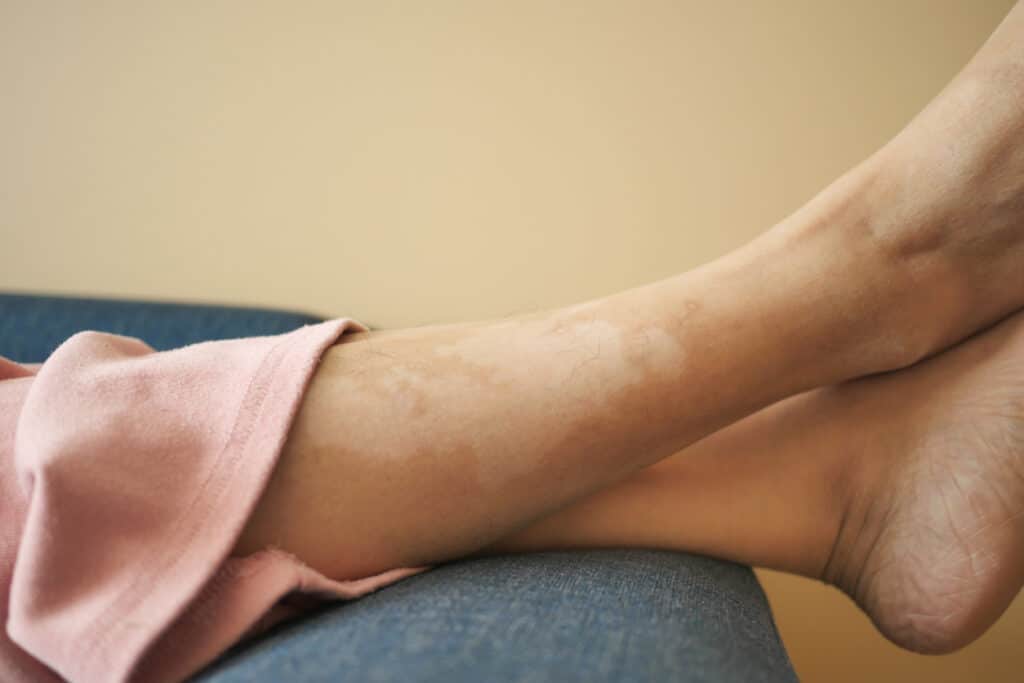Each year, more than 150,000 amputations are performed in the US to remove toes, legs or feet affected by advanced peripheral artery disease (PAD). Modern treatment options can restore blood flow to affected limbs and reduce the risk of amputation.
PAD patients are at risk of losing a leg and suffering from critical limb ischemia (CLI). CLI is an extremely serious condition in which there’s inadequate blood flow to the legs, causing tissue damage that can eventually result to amputation.
CLI (claudication, ischemia) usually presents as pain in the muscles of the foot or lower leg that goes away when resting. This can progressively worsen to CLI which involves severe pain and tissue loss.
Symptoms
The pain is known as “rest pain” because it happens when resting or asleep. The pain can be relieved temporarily by hanging the leg over the bed or walking. If the tissue of the limb has been affected, a non-healing sore or even gangrene may occur. Sudden onset of leg ischemia may cause severe pain, loss of pulses, coldness of the limb, paleness of the skin, and even leg weakness and loss of sensation. Patients should seek immediate medical attention if any of these symptoms occur.
Your doctor may order an ankle-brachial index test (ABI) to check your leg blood pressure. Depending on the results of the ABI, an ultrasound imaging of the arteries, magnetic resonance arteriography (MRA), or computed tomography (CT) scan can help. Your doctor may also order an arteriogram in some cases, particularly with critical limb ischemia. This is an X-ray of the arteries using dye to view potential issues.
Factors That May Lead To Leg Amputation
Some of the risk factors that lead to cardiovascular disease for PAD patients include smoking, advanced age, high cholesterol, high blood pressure, diabetes and a family history. Additionally people who are sedentary or obese also increase their chances of developing atherosclerosis in addition to all these other health conditions.
The best way to treat ischemia and prevent further damage to the limb or life are by controlling risk factors. One major factor to control is smoking cessation. It may be able slow down progression of the condition in order save your leg or even save your life! The treatment for this involves getting more blood supply going into that area.
11 Ways to Prevent Vascular Amputation
The key to preventing vascular amputation due to PAD is managing your risk factors. Here are 11 ways to reduce your risk:
- Examine your legs and feet for sores or changes in skin color or temperature
- Practice good foot care, including regular visits to the podiatrist.
- Keep your diabetes under control as directed by your doctor.
- Visit your doctor for annual checkups and screening exams.
- Control high blood pressure.
- Quit smoking and avoid secondhand smoke and all tobacco products
- Change your eating habits by reducing fat, salt, cholesterol, and simple carbohydrates, and choosing more fruits and vegetables, low-fat dairy, and lean meats.
- Treat high cholesterol with medicine as recommended by your doctor.
- Lose weight if you are overweight.
- Limit alcohol consumption or quit altogether.
- Exercise 30 minutes or more daily. Water-based exercises are a good option if you suffer from leg cramps
If you are interested in more facts about PAD, you can view them here.
Protect yourself with Proactive Foot Care
If you’ve been diagnosed with PAD or diabetes, pay careful attention to the health of your legs and feet to prevent foot ulcers due to reduced blood flow.
Start by taking off your socks and looking for:
- Leg or foot wounds that are slow to heal
- Unexplained leg pain or cramping, especially during exercise or walking
- Skin problems or discoloration on your legs and feet
- Poor nail growth
If you have poor circulation in your legs and feet, common injuries or conditions can become serious. Potential problems include:
- Minor wounds
- Blisters
- Bug bites
- Stopping prescribed medications
- Poorly fitting shoes
- Skin burns, such as those from walking on hot pavement. Diabetes patients are prone to nerve damage and they may not sense when hot surfaces or water. Make sure that you talk with your doctor about any sores on the feet and ankles before treating them yourself. If there’s a drastic change in health, seek emergency medical care.
PAD Treatments
Before any procedures happen, medications could be prescribed. These medications can prevent further disease progression. Additionally, they can reduce the effect of high blood pressure, cholesterol, or infections. Also, pain medication could help in some instances.
Your doctor may prescribe a supervised exercise routine if you experience leg pain due to peripheral artery disease. Regular exercise can also provide other benefits, such as weight loss and better blood sugar control in people with diabetes.
In many cases, an endovascular procedure may be performed in the artery using clot-busting drugs to dissolve clots (thrombolysis), a balloon to widen the vessel (angioplasty), and/or wire reinforcement stent which remains inside of it serving as scaffolding. In some cases, bypassing this is done by attaching leg vein or artificial tube above and below blockage detouring blood around blocked area therefore allowing blood reach beyond blockage point.
For people with peripheral artery disease, it is essential to seek prompt medical attention for leg pain or numbness in the legs. You should let your doctor know about any unhealed wounds and discolorations on your legs. It is possible these are signs that an intervention may not have been done early enough. This could lead to leg amputation. It’s better to undergo a procedure or operation early on than to lose a limb through amputation.
If you have more questions about peripheral artery disease, you can visit our PAD FAQ page.
If you still have questions or fell you may have PAD, contact us at Coastal Vascular Center today. We have a range of PAD treatment options and can work with you on strategies to lower your risk of peripheral artery disease.




